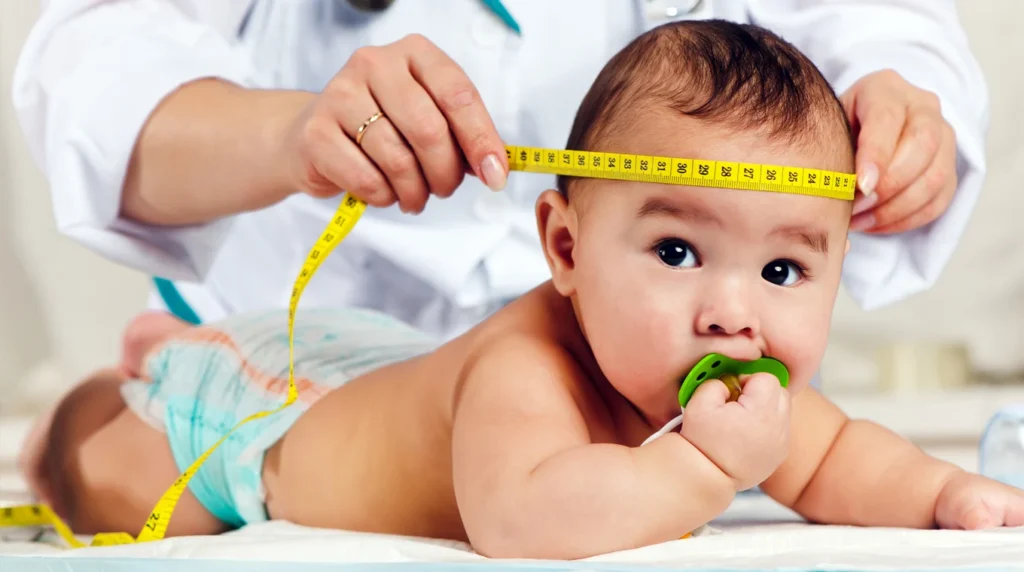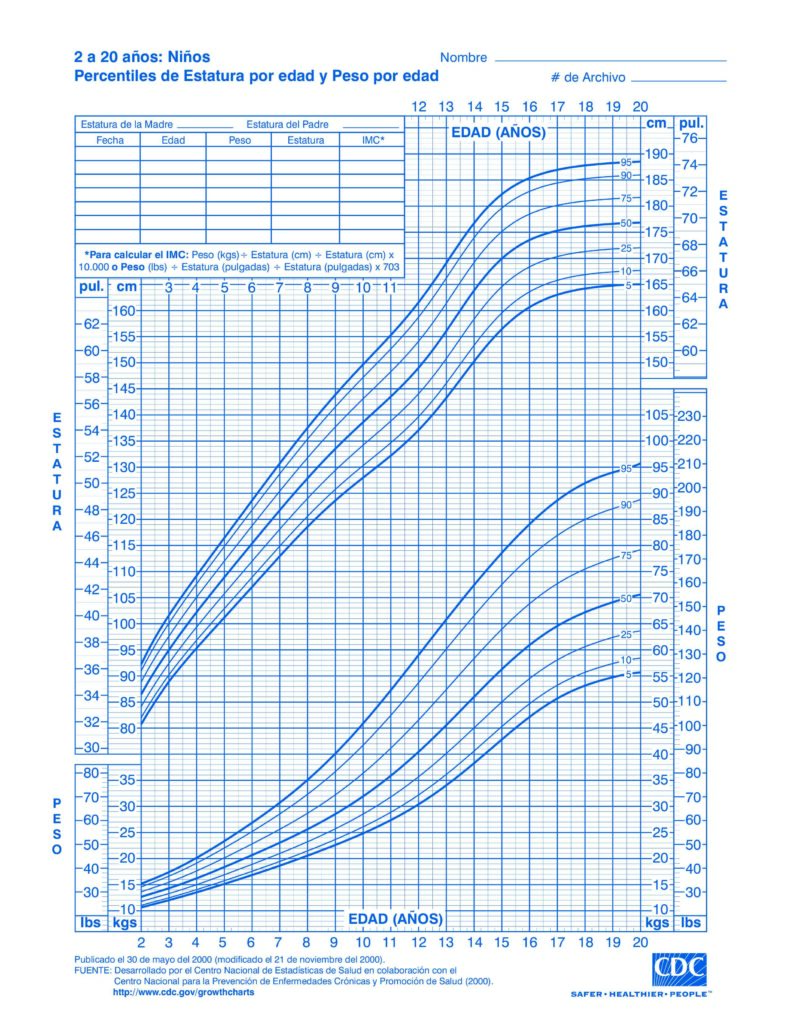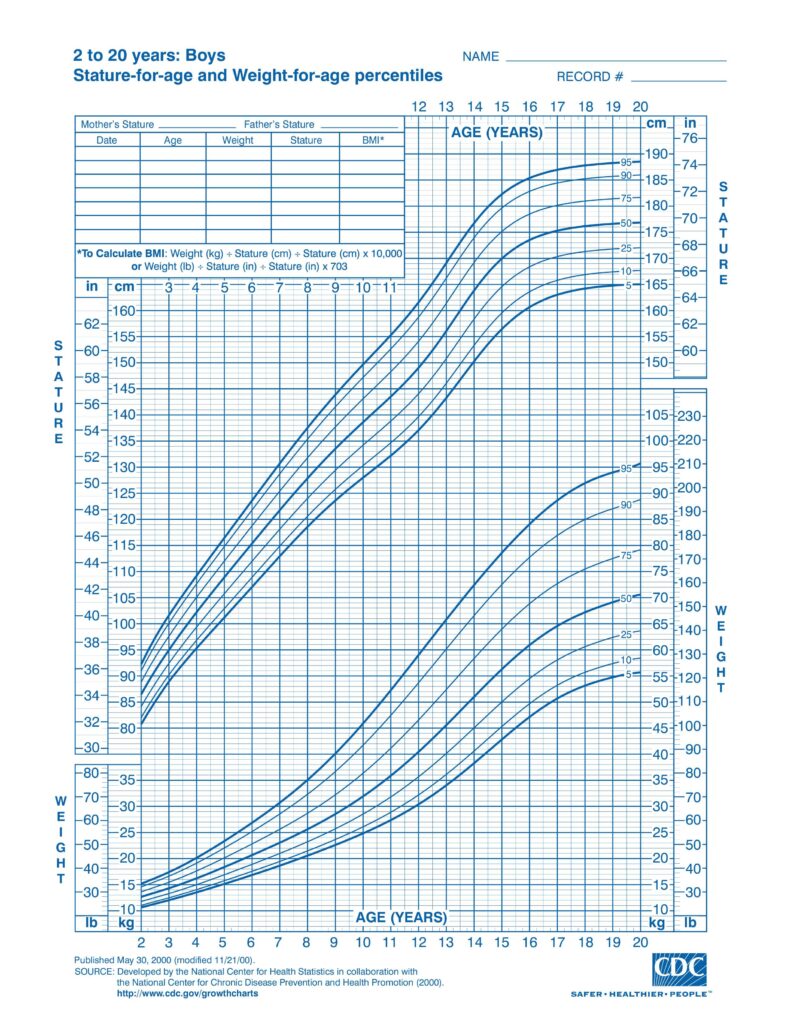
Bringing home your newborn is like starting an exciting adventure. In these first three months, your baby will grow and change rapidly, developing new skills and abilities. Understanding these growth patterns and milestones can help you feel more confident as a parent.
Weight Gain: What to Expect
Initial Weight Loss
- It’s normal for newborns to lose about 5–10% of their birth weight in the first few days after birth (MedlinePlus, n.d.).
- By around two weeks, they usually regain this weight (MedlinePlus, n.d.).
Steady Weight Gain
- After regaining birth weight, babies typically gain about 1 ounce (28 grams) per day during the first three months (Mayo Clinic, n.d.).
- This translates to an average weight gain of 1.5 to 2 pounds (680–900 grams) per month (Mayo Clinic, n.d.).
Growth in Length and Head Circumference
Length
- Babies grow approximately 1 inch (2.5 centimeters) per month in the first three months (Mayo Clinic, n.d.).
Head Circumference
- Your baby’s head grows about 0.5 inches (1.25 centimeters) per month, reflecting brain development (Johns Hopkins Medicine, n.d.).
Developmental Milestones by Month
Your baby will reach new physical, cognitive, and social milestones during these early months. Keep in mind that every baby develops at their own pace (CDC, 2023).
Spanish Growth Chart

English Growth Chart

Month 1: Adjusting to the World
Physical Development:



Cognitive & Sensory Development:


Social & Emotional Development:



- Talk & Sing: Speak to your baby throughout the day—your voice is comforting (AAP, n.d.).
- Tummy Time: Start with short, supervised sessions (a few minutes at a time) to help strengthen neck muscles (AAP, n.d.).
- Skin-to-Skin Contact: Helps with bonding and regulating your baby’s body temperature (AAP, n.d.).
Month 2: Becoming More Alert & Engaged
Physical Development:



Cognitive & Sensory Development:


Social & Emotional Development:



- Encourage Eye Contact: Make faces, smile, and talk to your baby (AAP, n.d.).
- Introduce Simple Toys: Soft rattles or high-contrast black-and-white toys can grab attention (CDC, 2023).
- Continue Tummy Time: Helps prevent flat spots on the head and strengthens muscles (AAP, n.d.).
Month 3: Stronger & More Interactive
Physical Development:



Cognitive & Sensory Development:


Social & Emotional Development:



- Encourage Grasping: Offer soft toys or rings for baby to hold (AAP, n.d.).
- Talk & Respond: When your baby coos, respond back to encourage conversation (AAP, n.d.).
- Increase Tummy Time: Helps prepare baby for rolling over and sitting up (AAP, n.d.).
Monitoring Your Baby’s Growth
During well-baby checkups, your pediatrician will measure your baby’s weight, length, and head circumference and track their growth over time. Growth varies among babies, so steady progress along their own curve is what matters most (KidsHealth, n.d.).
When to Be Concerned
Contact your pediatrician if:


Supporting Healthy Growth & Development
 Nutrition:
Nutrition:


 Sleep:
Sleep:


 Tummy Time & Play:
Tummy Time & Play:


Remember:
Every baby is unique, and growth patterns can vary. Regular checkups with your pediatrician will help ensure your baby is on track. The most important thing is providing love, care, and a nurturing environment for your baby to thrive.
Video Resources:
Spanish:
English:
Bibliography:
Growth and Weight Gain
- MedlinePlus. (n.d.). Newborn weight loss and gain. U.S. National Library of Medicine. Retrieved from https://medlineplus.gov
- Mayo Clinic. (n.d.). Infant growth: What to expect in the first year. Mayo Foundation for Medical Education and Research. Retrieved from https://www.mayoclinic.org
- Stanford Children’s Health. (n.d.). Newborn weight gain and growth concerns. Retrieved from https://www.stanfordchildrens.org
Length and Head Circumference Growth
4. Mayo Clinic. (n.d.). Growth and development in infants: What to expect. Retrieved from https://www.mayoclinic.org
5. Johns Hopkins Medicine. (n.d.). Baby’s head growth and brain development. Retrieved from https://www.hopkinsmedicine.org
Developmental Milestones
6. Centers for Disease Control and Prevention (CDC). (2023). Important milestones: Your baby by 2 months & 3 months. Retrieved from https://www.cdc.gov/ncbddd/actearly/milestones
7. American Academy of Pediatrics. (n.d.). Developmental milestones for babies: Month-by-month guide. Retrieved from https://www.healthychildren.org
Monitoring Growth and Pediatric Checkups
8. KidsHealth. (n.d.). Growth and development in infants. Nemours Foundation. Retrieved from https://kidshealth.org
Supporting Healthy Growth
9. Enfamil. (n.d.). Newborn sleep patterns and tips. Retrieved from https://www.enfamil.com
10. American Academy of Pediatrics. (n.d.). Tummy time: What parents need to know. Retrieved from https://www.healthychildren.org
image sources:
- 4th Trimester Growth Chart
- 4th Trimester Growth Chart
- Baby Weight Gain Chart Images, Photos | Mungfali
Legal Disclaimer: The information provided by our nonprofit is for informational purposes only and not a substitute for professional medical advice, diagnosis, or treatment. Always consult a qualified healthcare provider for medical concerns. We make no guarantees about the accuracy or completeness of the information and are not liable for any decisions made based on it. If you have a medical emergency, call 911 or seek immediate medical care.


